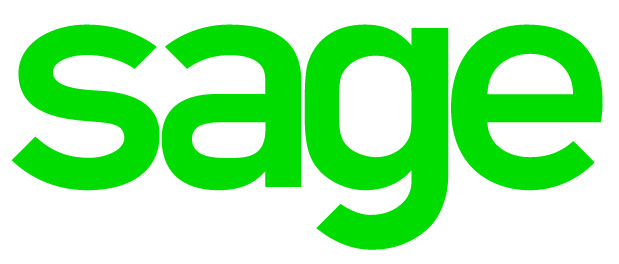Personal savings allowance
From 6 April 2016, if you are a basic rate taxpayer you’ll be able to earn up to £1,000 in savings income tax-free. Higher rate taxpayers will be able to earn up to £500. This is called the Personal Savings Allowance.
Due to this change in legislation, banks and building societies will no longer be deducting tax from interest payments they make from 6 April 2016. If you already receive interest without tax being taken off, there is no need to tell your bank or building society that you still qualify for tax-free interest. From 6 April 2016, no tax is being deducted.
Savings income includes account interest from:
- bank and building society accounts
- accounts with providers like credit unions or National Savings and Investments
It also includes:
- interest distributions (but not dividend distributions) from authorised unit trusts, open-ended investment companies and investment trusts
- income from government or company bonds
- most types of purchased life annuity payments
Interest from Individual Savings Accounts (ISAs) doesn’t count towards your Personal Savings Allowance because it’s already tax-free.
The amount of your Personal Savings Allowance depends on your adjusted net income – this is defined as total taxable income before any personal allowances are deducted, but after deductions for allowable trading losses, gift aid donations and pension contributions.
The table below shows your allowance from 6 April 2016, depending on whether you’re a basic, higher or additional rate taxpayer.
|
Tax rate |
Income band (adjusted net income) |
Personal Savings Allowance |
|---|---|---|
|
Basic 20% |
Up to £43,000 |
Up to £1,000 in savings income is tax-free |
|
Higher 40% |
£43,001 – £150,000 |
Up to £500 in savings income is tax-free |
|
Additional 45% |
Over £150,000 |
No Personal Savings Allowance |
Latest News
- Slowing growth and rising borrowing -what this means for your business - July 8, 2025
- Do you have additional income streams? - July 7, 2025
- Setting up a payroll scheme - July 7, 2025
- Tax gap estimated at five percent for 2023-24 - July 7, 2025
- Winter Fuel Payments reinstated - July 7, 2025
- The value of tax planning for high net worth individuals - July 7, 2025
- Tax Diary July/August 2025 - July 7, 2025
- Are you ready for Companies House ID checks? - July 7, 2025






